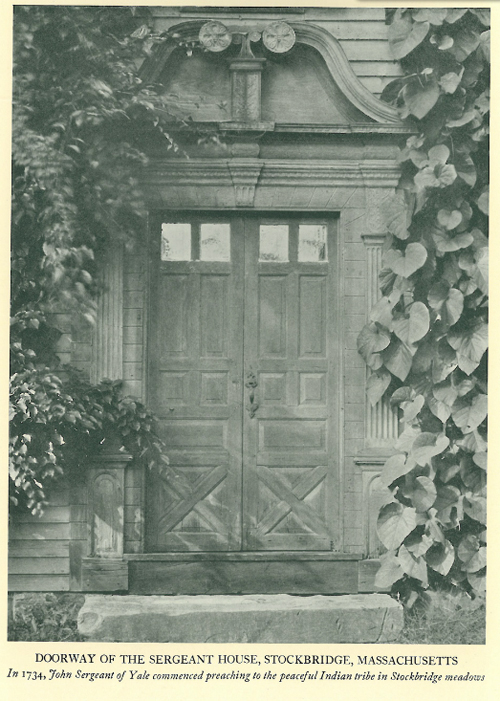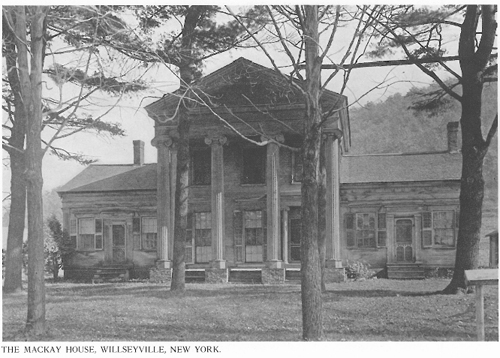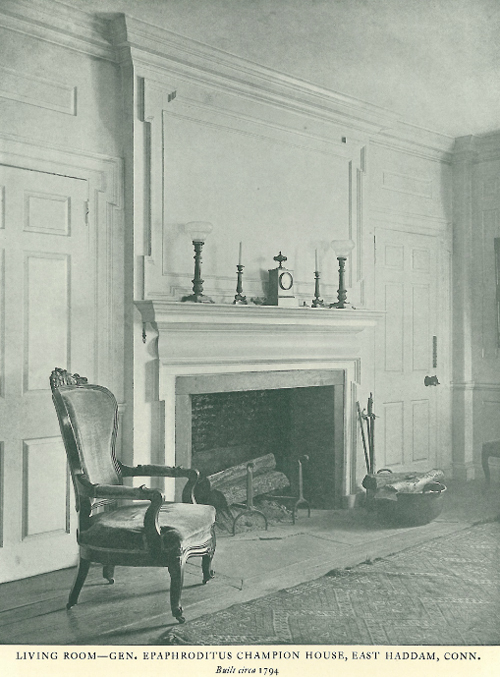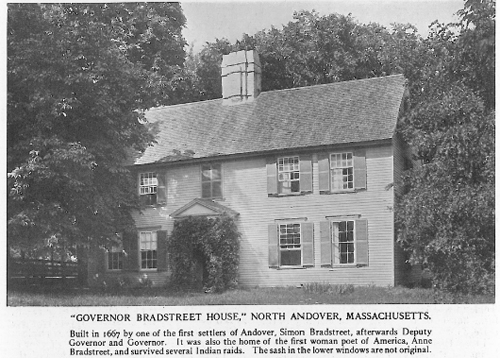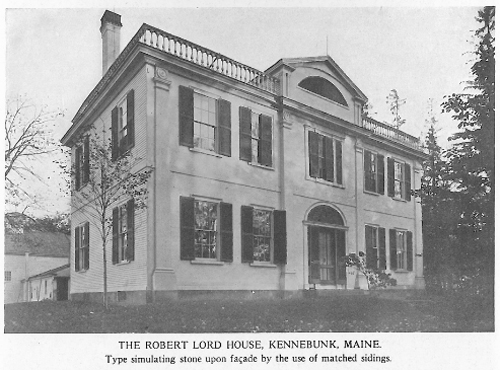Lying along the stagecoach route of Massachusetts, the towns of the Berkshire mountain range found themselves open to a wide variety of visitors, and thus, stylistic influences. That variety, and the willingness of local craftsmen to experiment, can still be seen today in the wooden details of the architecture in towns like Stockbridge and Williamstown. Volume X, Issue V of the historic White Pine Architectural Monographs captures many of these details as they were in 1924.
In a single entranceway, taking a careful look at the door, porch and cornices, you might notice Baroque interpretations of Classic styles as well as Roman No-Classicism right alongside the spare and practical Colonial aesthetics developed more out of necessity than visual flair. “The complete record lies open to be read in the Berkshire towns,” writes the author.
“The Berkshire towns were so unlike so many other New England towns that displayed with singular nicety some one type of architectural development and became classics for the particular style that dominated their streets.” Periods of prosperity led to architects nailing on extra ornamentation over the original structures, often in disparate styles, leading to buildings of a Frankenstein’s monster sort.
“The Berkshire towns, it is true, suffered their share of calamities and accidents during the era of [architectural] unenlightenment, but they have managed to preserve intact a great deal that is well worth while – enough to retain their character and afford instances of architectural excellence and elegance that ought not to be overlooked in any survey of wooden architecture.”

